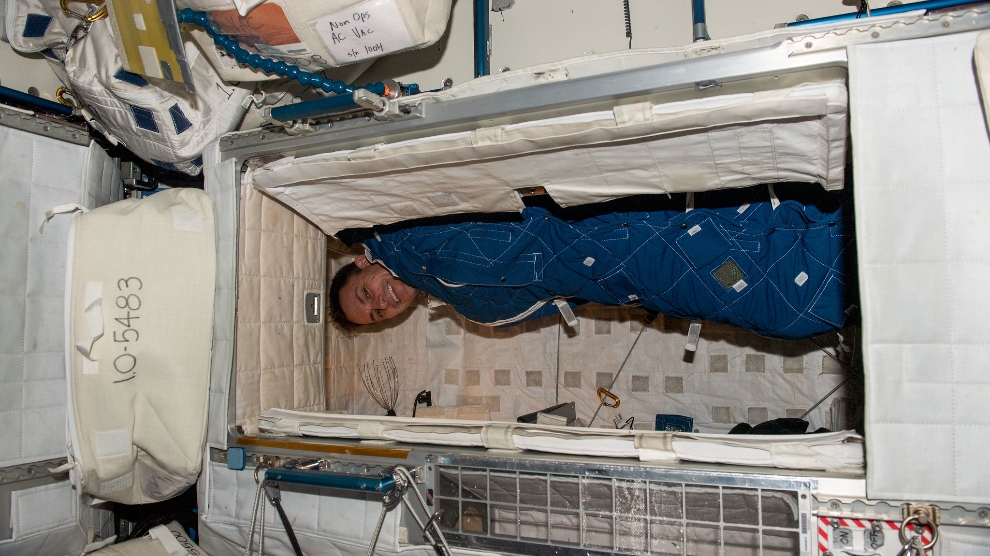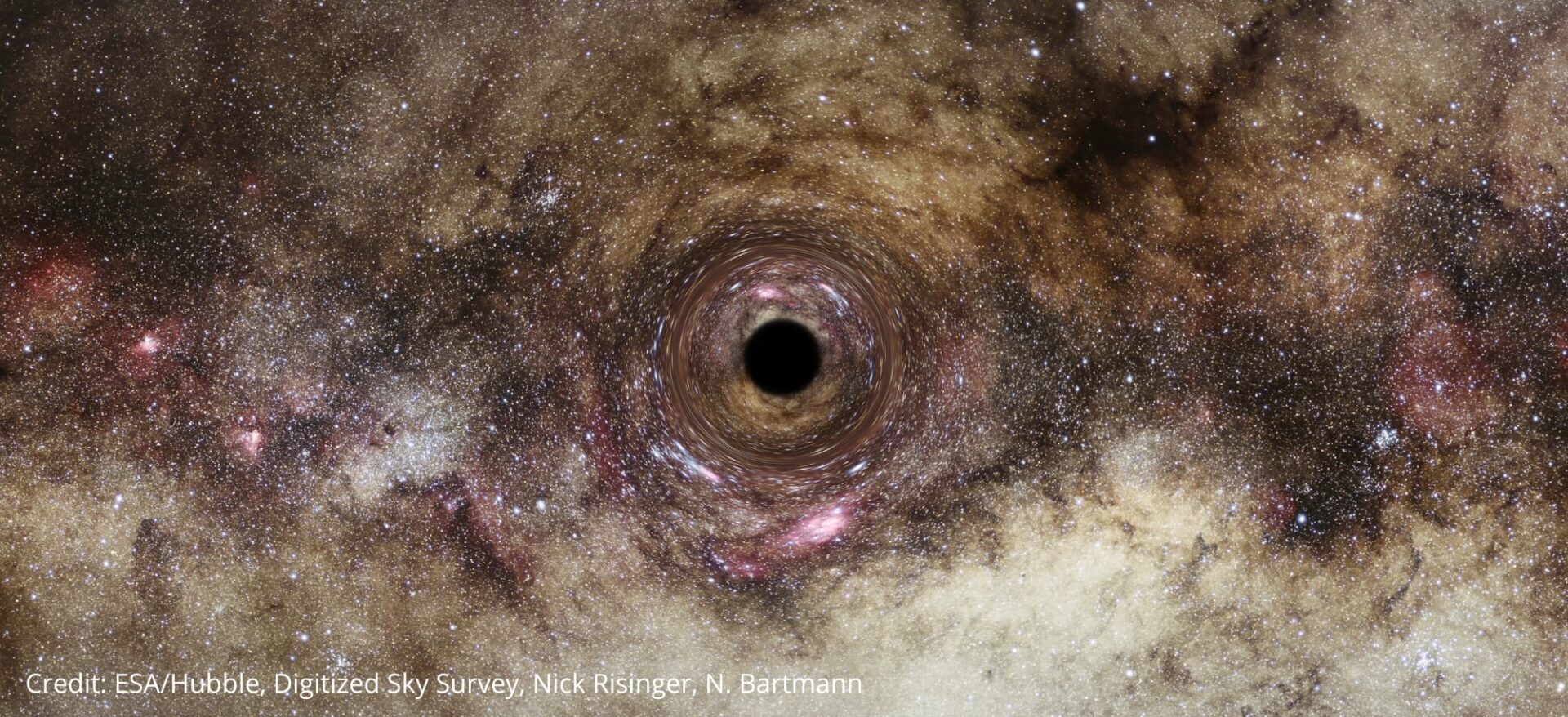Carleton University is among the entities studying archaeology on the International Space Station (ISS) to see how astronauts adapt their living space for their needs.
A new peer-reviewed study in PLOS One examines the “microsociety” of ISS astronauts and their usage of crowded quarters, such as readapting a peg board near the exercise area and toilet to store rarely used equipment.
The study had astronauts tape six small squares around the ISS and track the objects that came in and out of those squares via daily photographs, simulating “test pits” in archaeology. To learn more, SpaceQ spoke with Carleton’s Shawn Graham, a professor of digital humanities who is trained in Roman archaeology. (The study was led by Chapman University’s Justin Walsh.)
SpaceQ: How did your expertise contribute to the project?
Graham: It was through digital archaeology. For me, digital archaeology isn’t just about using digital tools for archaeological questions, but also about considering how archaeology can inform our current digital tech-mediated world.
When I began working with the ISS Archaeological Project, I was already several years into a project of my own that was trying to understand the online trade in human remains. People buy and sell skulls, tibia, finger bones, etc, via Instagram, Facebook, Etsy. On any given social media platform, there’s someone selling human remains. We had developed ways of using machine learning and computer vision to look at large-scale patterns in how the accompanying photographs to these sales posts were composed – things that only become apparent when you have thousands of pictures to work with.
My grad student, Chantal Brousseau, was using some of those methods – and developing her own methods – to use computer vision to detect handwritten annotations in the margins of early modern printed books for her major research essay. So when Justin Walsh called me up and asked if I had any ideas for, “How do you make sense of the photographs or ‘contexts’ capturing the archaeology in the space station?” we had a few ideas ready to go.
Chantal built the tool that the project used to annotate and identify objects in the contexts, and then I developed the code to quantify and calculate various archaeological statistics on the data.
SpaceQ: How, in your view, did the archaeology on the ISS differ from other archaeology projects that you have worked with? How is it similar?
Graham: In archaeology on Earth, every “event” leaves a “context.” As time passes, those contexts pile up on top of each other. Then when we excavate, we carefully pull up the materials that make up those contexts. We look at contexts that co-occur at similar depths, etc. Through all of those richly informed relationships, we can tell something of the story of how life was lived at that spot.
We work backwards from today through the echoes – via the material culture, the contexts – to some point in the past. On the space station, we could start at the beginning with the first photograph/context captured by the astronaut – and see the development forward in time. That was neat.
SpaceQ: What to you were some of the biggest findings of ISSAP so far, and its implications for space archaeology?
Graham: The daily life of astronauts is highly regimented. Every second is accounted for. The manuals and procedures for the ISS dictate what every space is to be used for. And yet, a society of sorts emerges there. People work around the strictures!
The evidence of the material culture shows that life on board is a lot more complex, as opposed to complicated: complex things can adapt, complicated things break. Things don’t play out the way ground control says it should play out.
In official photographs, for instance, of the maintenance area we looked at there was always someone working there. But in the “context” photographs that the astronauts took for us every day, the space was largely vacant.
Justin calls it a “peg board wall in your garage” – a space shed. The designers didn’t think of such a thing, but such a thing was needed and emerged through the daily life of the astronauts. NASA – and other nations or corporations that want to go into space – need to think more about what it means to be social creatures out there. This could help them better identify these unmet needs.
SpaceQ: What can we use from archaeology on the ISS that may be of benefit in designing future space habitats?
Graham: The design of future space habitats has to involve more than engineers and “hard scientists.” Humans are complex. There is nothing “soft” about studying how humans live, and how society emerges. Tools, objects, spaces, all constrain and enable different ways of living. Archaeology is one way of understanding this question through the evidence of the things we make.
SpaceQ: Anything else you’d like to add?
Graham: When I was a kid, my teacher asked me what I wanted to be when I grew up. My answer was “An astronaut, or maybe an archaeologist.” Ten-year-old me would have his mind blown.




